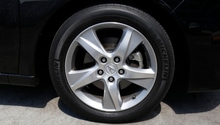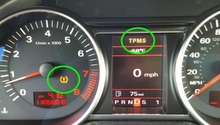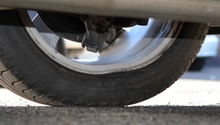Acura RDX: Tires General Information and Specs
There are more to your tires than just air and rubber. Learn some useful information about your Acura RDX's tires below.
This article applies to the Acura RDX (2007-2016).
The tires on your Acura RDX are always working, and there is more to your tires than just picking the right size and driving away. The tires are expensive parts, so when you install them, you want to make the best out of them. Purchasing the cheapest tires you can buy just because you think they'll wear out anyway isn't the wisest decision. Reputable tire brands such as Michelin and Bridgestone, along with many others, can make a world of difference in your RDX's handling, as well as how long they will last. This guide will show you how to determine the best tire size for your specific vehicle, as well as how to take care of them and make them last as long as possible. Read on to learn more about your Acura RDX's tires.
Correct Tire Size
There is a much easier way to find out what the perfect size for your tire is other than plugging your car's make and model into one of the sites. The first obvious way to locate the tire size is to look on your current or old tires. Every tire will display its size on its surface, as well as other useful information.
There is an even easier way to find out the correct size for your tires, and that's by looking at the placard in the driver's side door jamb. Open the door and locate the colorful placard which will have all the information you would possibly need regarding your tires. The Acura RDX could come with different tire sizes, depending on the rims. If you have 17" rims, your tires will be different than if you have 18" rims. So locate the placard, read the tire size, and purchase the recommended size.

Tire Pressure
Maintaining correct tire pressure is crucially important for healthy tires. The tire pressure could go up and down depending on the weather; hot weather can inflate your tires while cold weather can deflate them. Also, having a tire leak can deflate the air in your tires. Uneven tire pressure can affect the handling of your car, namely by wearing out some of the suspension components. The first sign of uneven tire pressure is your car pulling in one direction.
Be sure to check your tire pressure once a month, when you feel a difference in weather temperature, or if you feel a difference in handling. You can learn the proper tire pressure from the placard in the driver's door jamb, or on the tire itself. Note that having good tire pressure will give you the best possible fuel consumption, so if you want to save money on gas, make sure you have the proper tire pressure on all four tires.
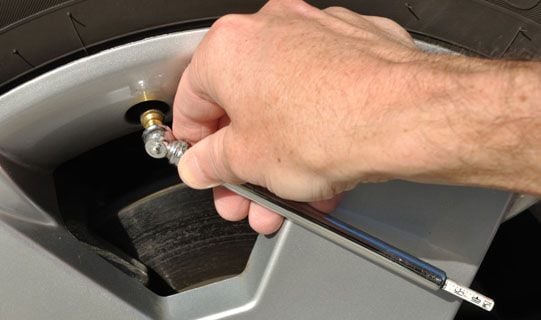
Check Tire Tread
Inspecting your tires regularly can end up saving you a lot of money. The different wear on your tire tread can indicate different issues. For instance, if your tires are worn in patches, this could indicate worn shocks, but if your tires are worn diagonally, it could mean you have worn bushings. The more you discover uneven tire wear, the faster you can fix the issue, which can potentially save you four new tires.
Make it a habit to check the wear on your tires once a month; you should ideally notice even wear in all four tires. Run your hands around the edges, inside and out, and make sure the tread is wearing normally. If your tires are worn around the edges, get your wheels aligned. If your tires are worn in the center, then check the tire pressure; your tires may be over inflated. Check Figure 3 for different tire wear patterns.
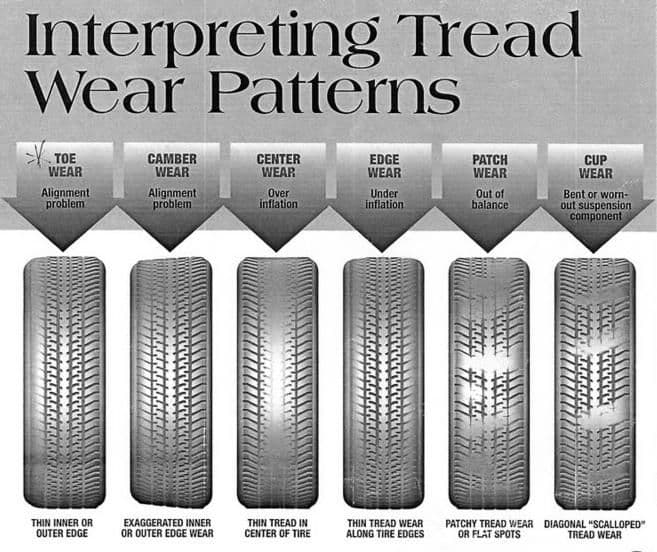
Related Discussions
- New Tires - Acurazine.com
- Recommended Brands - Acurazine.com
- Winter Tires - Acurazine.com

